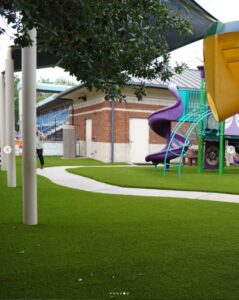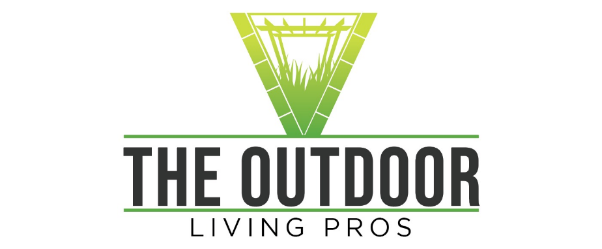Artificial turf has become a popular alternative to natural grass due to its low maintenance and aesthetic appeal. However, before making the decision to install artificial turf, several important factors must be considered. These include the quality of the turf, installation process, maintenance requirements, environmental impact, and cost. Understanding these aspects will help ensure a successful and satisfactory installation.
Quality of the Turf
The first consideration when installing artificial turf is the quality of the product. Not all artificial turfs are created equal; they vary in material, durability, and appearance. High-quality turf typically uses polyethylene or polypropylene fibers, which offer a more natural look and feel. Additionally, UV protection is essential to prevent the turf from fading into the sun. When selecting turf, choosing a product that meets your specific needs, whether for residential landscaping, sports fields, or playgrounds, is crucial.
The Installation Process
Proper installation is critical for the longevity and performance of artificial turf. The process involves several steps: site preparation, base construction, turf laying, and infill application. Site preparation may include removing existing vegetation, leveling the ground, and installing a weed barrier. The base, usually crushed stone, ensures proper drainage and stability. Hiring professional installers is advisable to ensure each step is performed correctly, preventing issues such as uneven surfaces or poor drainage.
Maintenance Requirements
One of the main advantages of artificial turf is its low maintenance compared to natural grass. However, it still requires some upkeep to keep it looking its best. Regular brushing helps maintain the turf’s upright position and prevents matting. Removing debris, such as leaves and twigs, is necessary to avoid mold growth. Additionally, occasional rinsing is recommended to remove dust and pet waste. Understanding these maintenance requirements will help you keep your artificial turf in top condition for years.
Environmental Impact
The environmental impact of artificial turf is a topic of ongoing debate. On the one hand, synthetic turf eliminates the need for watering, mowing, and applying pesticides, which can be beneficial for water conservation and reducing chemical use. On the other hand, the production and disposal of synthetic materials have environmental implications. Some newer turf products are made from recycled materials and are recyclable, which can mitigate some of these concerns. Considering artificial turf, weighing the environmental benefits and drawbacks is essential.
Cost Considerations
Finally, the cost of artificial turf installation is a significant factor. While the initial investment is higher than natural grass, synthetic turf can save money in the long run due to reduced maintenance and water costs. It’s essential to consider both the upfront costs and the long-term savings. Additionally, obtaining multiple quotes from reputable installers and understanding the warranty offered on the turf can help you make an informed financial decision.
In conclusion, installing artificial grass requires careful consideration of various factors, including quality, installation, maintenance, environmental impact, and cost. By thoroughly understanding these aspects, you can ensure a successful installation that meets your needs and enhances the beauty and functionality of your outdoor space.
12600 S Belcher Rd Suite 106A, Largo, FL 33773, USA
(888) 297-6972


Recent Comments